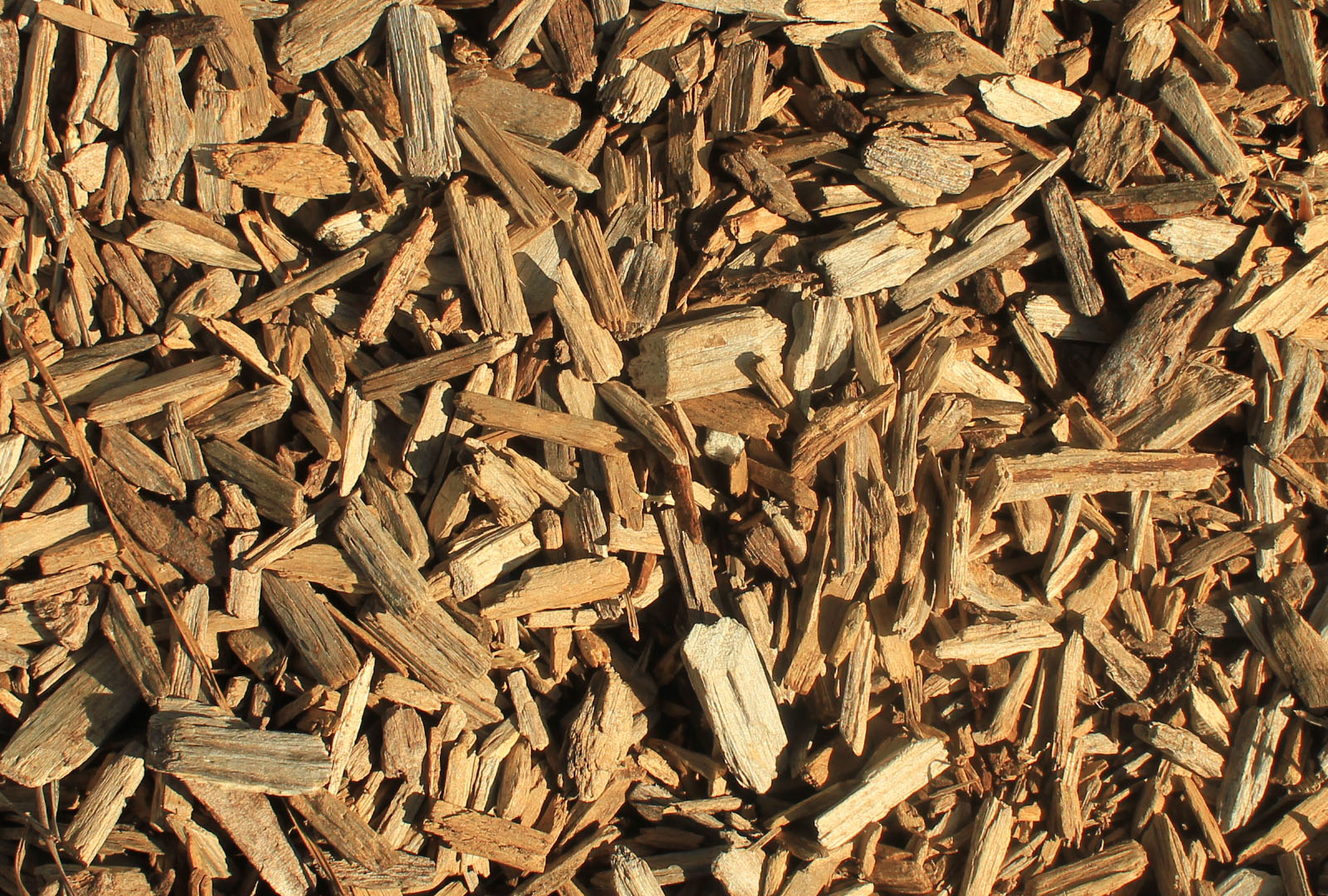Master High-Volume Garden Mulching Techniques

Master High-Volume Garden Mulching Techniques: Boost Your Garden's Productivity
Alright, garden enthusiasts, let's dive into the world of mulching! You've probably heard that mulching is a gardener's best friend, but did you know that mastering high-volume garden mulching techniques can revolutionize your garden's productivity? Let's explore the best mulching techniques for high-volume gardens, focusing on organic mulch, water retention, weed control, and boosting your garden's productivity.
Why Mulch Your Garden?
Before we dive into the techniques, let's quickly recap why mulching is a game-changer. Mulching is like giving your garden a warm, cozy blanket that protects, nourishes, and keeps it comfortable. It's a simple yet powerful practice that can significantly improve your garden's health and productivity.
Understanding Organic Mulch
When it comes to high-volume gardens, organic mulch is your go-to. It's eco-friendly, improves soil health, and breaks down over time, feeding your plants as it goes. Here are some popular organic mulch options:
- Wood chips and bark: These are excellent for suppressing weeds and retaining moisture. They break down slowly, providing long-term benefits.
- Straw and hay: These are great for lightweight coverage, weed suppression, and improving soil structure.
- Leaves and grass clippings: These are fantastic for adding organic matter to your soil and improving its structure. They also break down quickly, providing immediate nutrient benefits.
- Pine needles: These are acidic and perfect for mulching around acid-loving plants like blueberries and azaleas. They also retain moisture well and suppress weeds.
Mastering Mulching Layers
Now, let's talk about layers. Applying mulch in layers can help maximize its benefits and create a beautiful, uniform look in your garden.
The Base Layer
Start with a base layer of coarse, chunky material like wood chips or straw. This layer should be about 2-3 inches deep. It helps with weed suppression, moisture retention, and protecting your soil from erosion.
The Top Layer
Next, add a top layer of fine, lightweight material like grass clippings or pine needles. This layer should be about 1-2 inches deep. It helps with weed suppression, moisture retention, and adding a touch of elegance to your garden.
Water Retention: The Key to High-Volume Gardens
High-volume gardens require consistent watering, especially during hot, dry spells. Mulching can help retain moisture, reducing the need for frequent watering. Organic mulch, in particular, can absorb and hold onto water, slowly releasing it into the soil as it breaks down.
Weed Control: Keeping Your Garden Tidy
Weeds can be a gardener's nemesis, but mulching can help keep them at bay. A thick layer of organic mulch can block sunlight, preventing weed seeds from germinating. It also creates a physical barrier, making it difficult for existing weeds to push through.
Boosting Garden Productivity
Mulching can significantly boost your garden's productivity in several ways:
- Improved soil health: Organic mulch adds organic matter to your soil, improving its structure, fertility, and ability to hold water and nutrients.
- Consistent soil temperature: Mulch helps regulate soil temperature, providing a consistent environment for your plants to grow in.
- Reduced soil compaction: Mulch protects your soil from rain and foot traffic, preventing compaction and ensuring your plants have access to air, water, and nutrients.
Mulching Tips for High-Volume Gardens
Now, let's talk about some practical tips for mulching high-volume gardens:
- Mulch deeply: A thicker layer of mulch provides better weed suppression and moisture retention. Aim for a depth of 2-3 inches for your base layer and 1-2 inches for your top layer.
- Mulch widely: Spread your mulch out to the drip line of your plants. This helps protect the entire root zone and prevents water from evaporating from the soil.
- Mulch regularly: Top up your mulch as it breaks down to maintain its benefits. This is typically once or twice a year, depending on the type of mulch you use.
When Not to Mulch
While mulching is generally beneficial, there are a few instances when you should avoid it:
- Around young trees: Fresh mulch can retain too much moisture, leading to root rot in young trees. Instead, use a tree guard or create a well-defined planting area.
- In wet climates: Too much mulch can lead to excessive moisture retention, promoting fungal growth and root rot. In wet climates, use a thinner layer of mulch or opt for gravel or stone mulch instead.
Conclusion
Mastering high-volume garden mulching techniques is a surefire way to boost your garden's productivity. By understanding organic mulch, applying mulching layers, and following practical tips, you can create a thriving, healthy garden that requires less watering and weeding. So, grab your rake and let's get mulching!
FAQs
-
How often should I mulch my garden?
- It depends on the type of mulch you use. Organic mulch typically needs to be topped up once or twice a year, while inorganic mulch like gravel or stone can last for several years.
-
Can I use too much mulch?
- Yes, using too much mulch can lead to excessive moisture retention, promoting fungal growth and root rot. Stick to a depth of 2-3 inches for your base layer and 1-2 inches for your top layer.
-
Can I use mulch around my houseplants?
- Yes, mulching indoor plants can help retain moisture, regulate soil temperature, and improve soil health. Just ensure the mulch doesn't touch the plant's stem to prevent rot.
-
What's the best time of year to mulch?
- The best time to mulch is in early spring or late fall. This allows the mulch to settle and start working before the growing season begins.
-
Can I use mulch in my vegetable garden?
- Absolutely! Mulching your vegetable garden can help suppress weeds, retain moisture, and improve soil health. Just ensure the mulch doesn't touch the plant's leaves to prevent disease.
0 Response to " Master High-Volume Garden Mulching Techniques"
Post a Comment